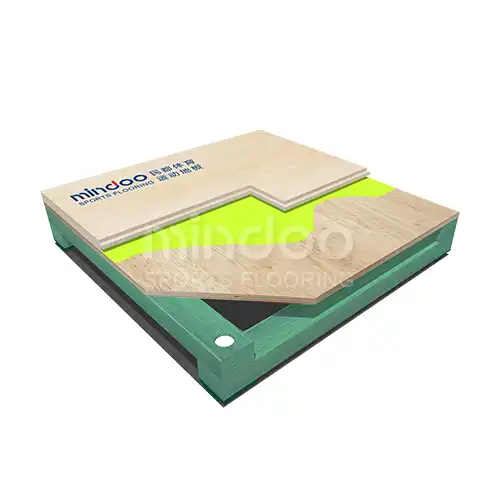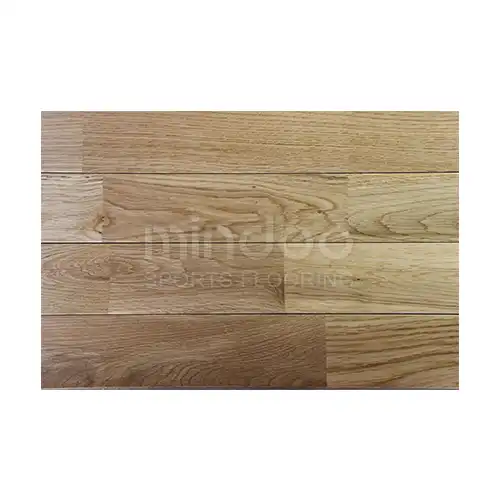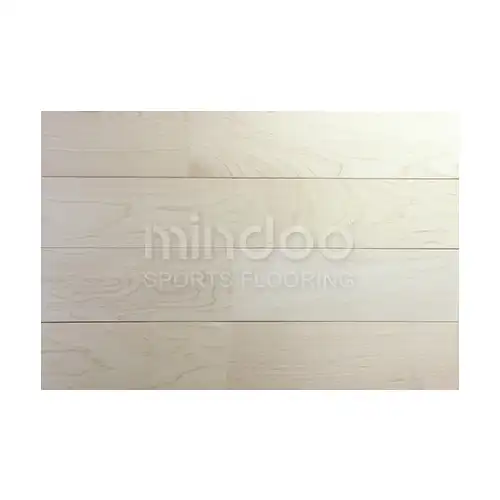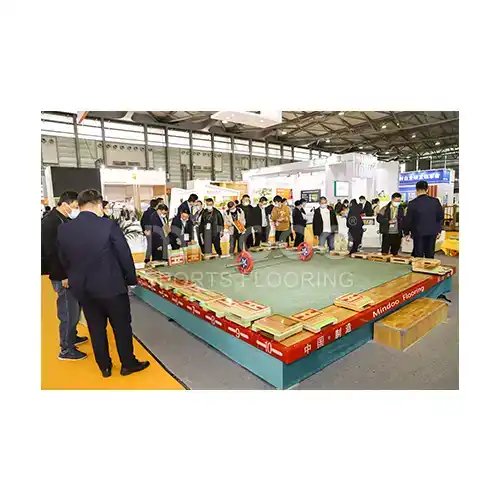The Critical Importance of Edge Treatment: Key Considerations in Sports Wood Flooring Installation
Whether it’s a gym, basketball court, or any other sports facility,when it comes to the installation of sports wood flooring, many customers pay particular attention to the treatment of edges and corners. These seemingly minor details play a crucial role in the long-term performance and stability of the flooring.
This article will dive deep into the common problems related to edge treatment, explain why these details should not be overlooked, and offer professional advice and solutions to help customers make informed decisions.

1. The Impact of Uneven Edges: It’s Not Just an Aesthetic Issue
Many people think that uneven edges are only a cosmetic problem, but in reality, they can affect the structural integrity and longevity of the floor. First, if the edges of the sports wood flooring are not treated properly, localized stress can build up, leading to gradual warping, loosening, and in severe cases, even failure of the entire flooring system.
1.1. Impact on Athletic Performance
Sports floors require a smooth and even surface to ensure athletes' stability and comfort during activities. Uneven edges can cause the floor to deform unevenly over time, which affects the players' footing and movement, increasing the risk of injuries.
1.2. Reduced Floor Lifespan
Over time, improper edge treatment can also accelerate wear in certain areas, leading to more rapid deterioration of the flooring. This not only affects the aesthetics but also raises maintenance costs.
2. Common Edge Treatment Issues and Their Causes
In practice, uneven edge treatment often stems from several factors:

2.1. Installation Oversights
Installing sports wood flooring is more than just laying down planks on the ground. Each plank's alignment, gaps, and edge treatment need to be meticulously executed. If the edges aren’t carefully addressed during installation, the floor may develop raised areas or uneven seams over time.
2.2. Uneven Subfloor
The condition of the subfloor plays a key role in the precision of the installation. If the subfloor itself is not level, achieving a perfectly flush installation is difficult, especially at the edges. Without proper leveling of the subfloor, the floor may be prone to unevenness.
2.3. Material Quality and Compatibility
The quality of the wood itself can also influence the treatment of edges. Some wood materials may have slight warping or curvature issues, which are particularly noticeable along the edges. Additionally, the wood’s response to environmental conditions needs to be factored in when selecting materials.
3. How to Properly Treat the Edges of Sports Wood Flooring
To ensure the quality and long-term performance of sports wood flooring, here are several expert recommendations for edge treatment:
3.1. Precise Measurement and Cutting
It’s crucial to ensure that every plank is cut with precision, especially along the edges. Before installation, it’s essential to measure and cut the edges of each plank accurately, ensuring that no gaps or misalignments appear later on.
3.2. Hire a Professional Installation Team
While DIY tools are widely available, it’s best to rely on an experienced professional installation team for sports wood flooring. These experts can better handle uneven subfloors and fine edge treatments, ensuring the floor is perfectly level and stable.
3.3. Subfloor Leveling
Before installing the wood flooring, the subfloor must be thoroughly leveled. This not only helps avoid uneven edges but also enhances the overall stability of the flooring, extending its lifespan.
3.4. Ongoing Maintenance
Even after installation, regular inspections and maintenance are essential. If any issues are noticed, especially at the edges, they should be addressed promptly. Using edge trim or finishing strips can help reinforce the edges, preventing future issues.





